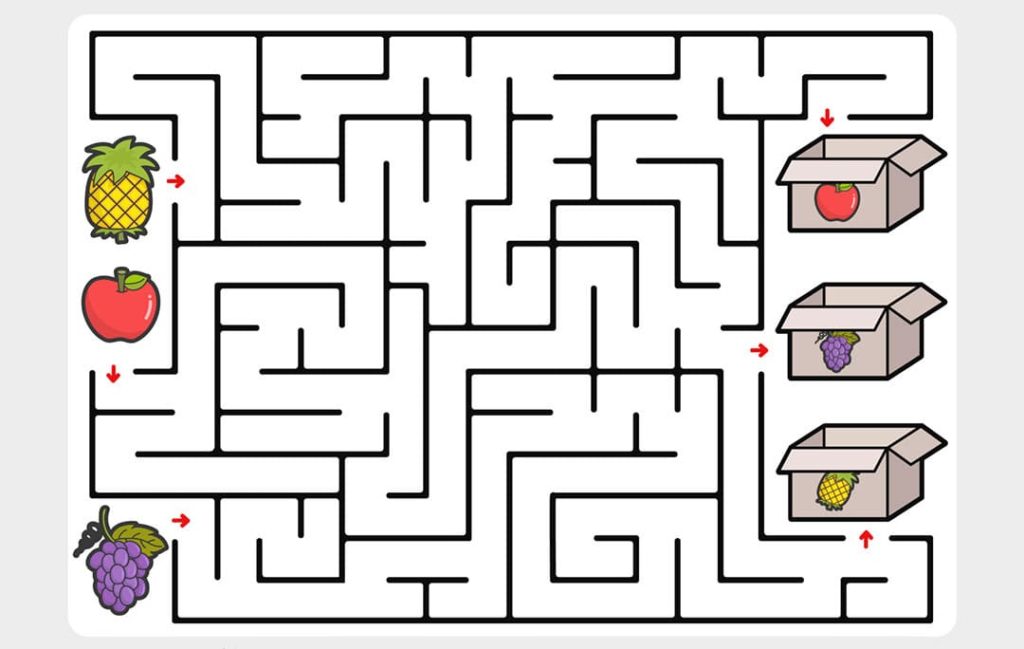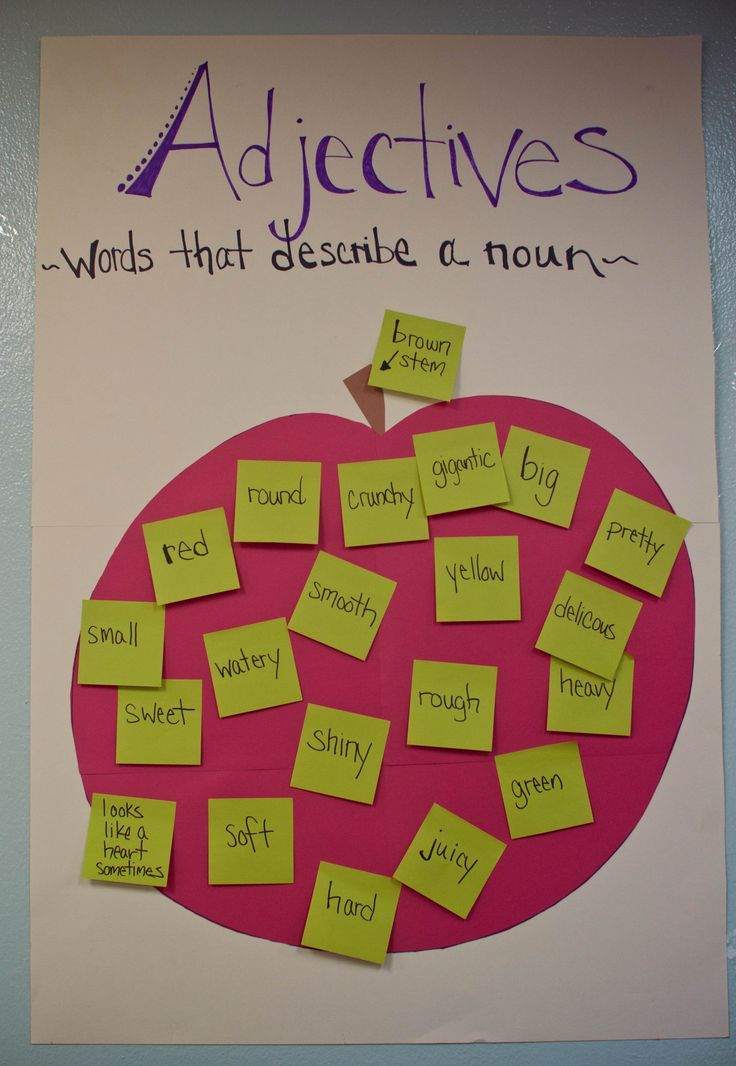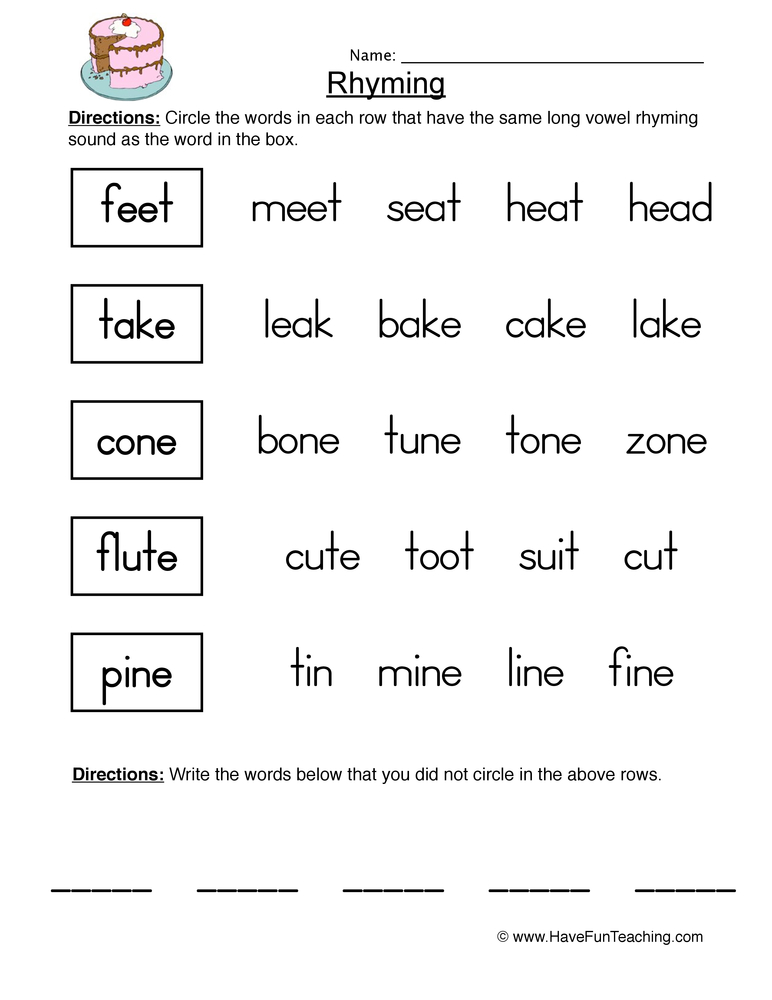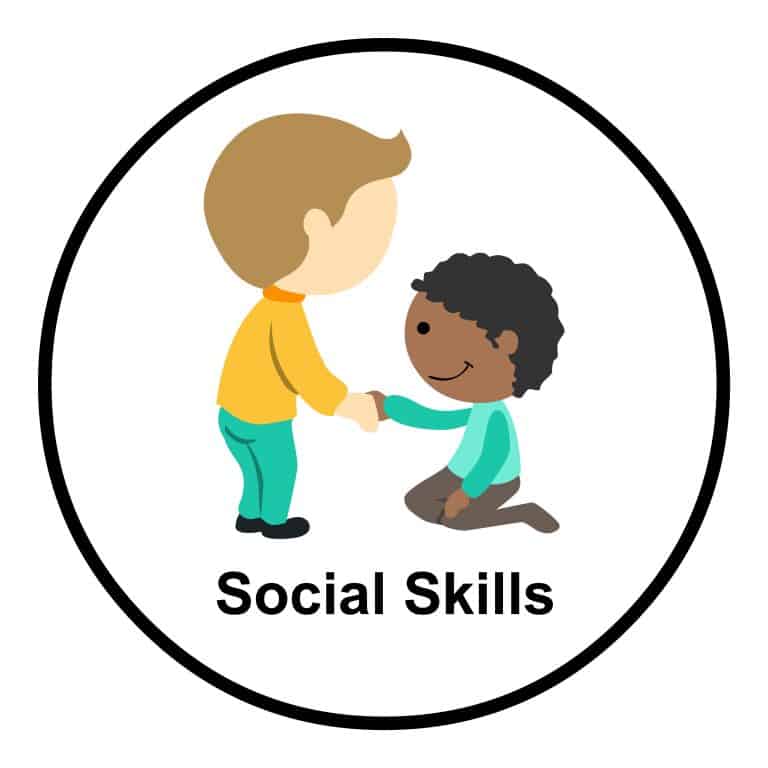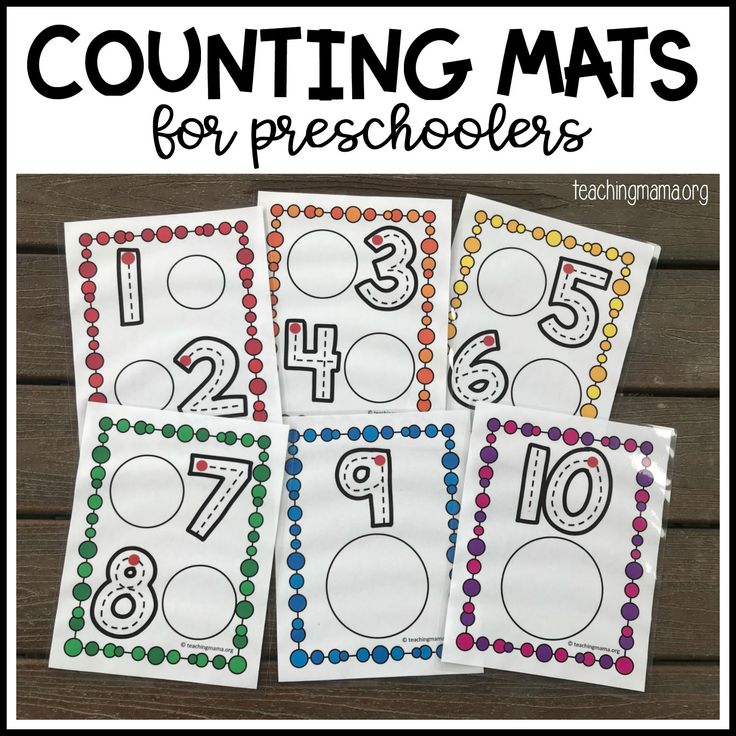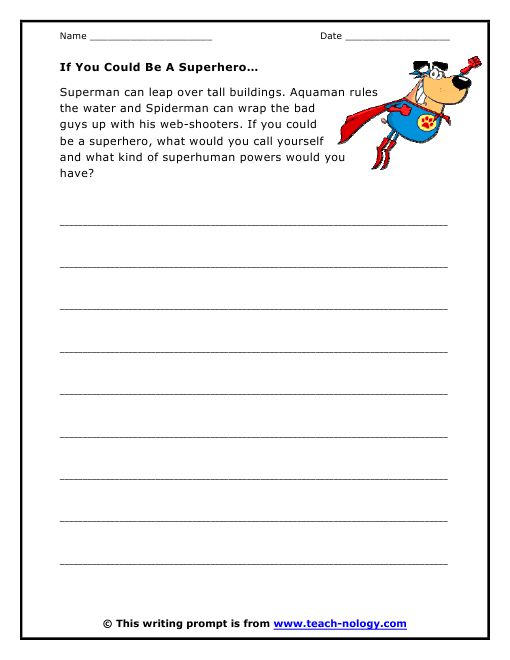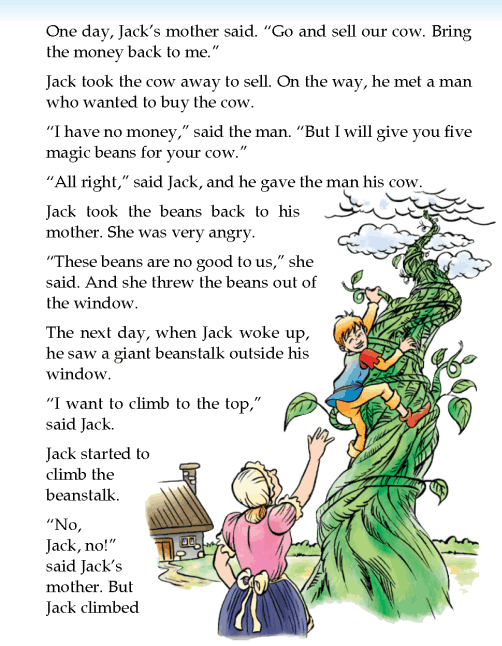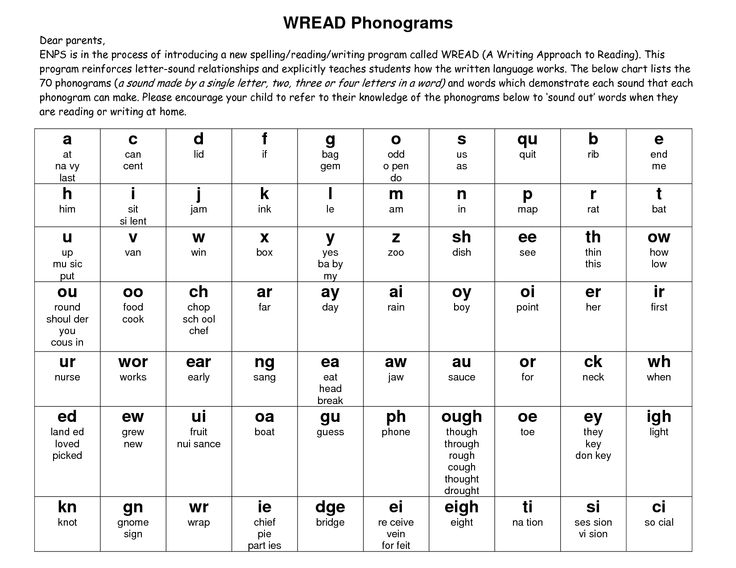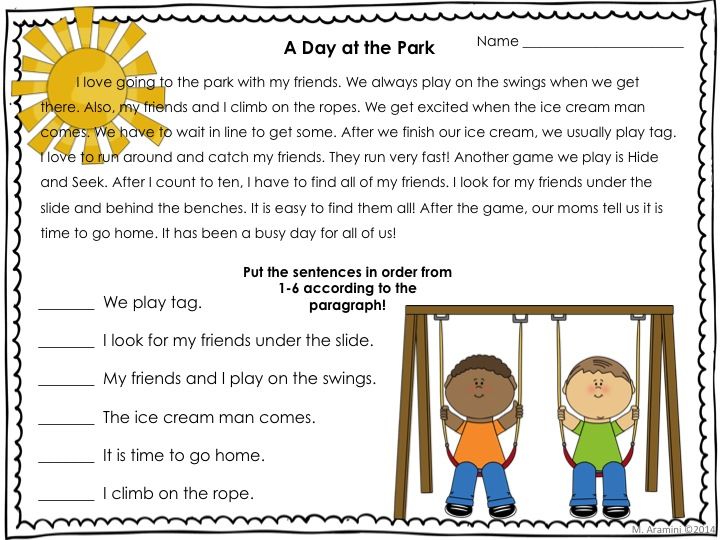5 year old educational activities
Fun learning activities for 5-6-year-olds
Your child will probably have started synthetic phonic activities at school so finding time to enjoy playing with letters and sounds in games at home will really help them with that.
Other activities can help your little ones to develop key skills such as speaking, listening and numeracy. If you’re not sure what your child’s doing in school, you can find out more about it in our school section and click on their year group to disover more.
We’ve pulled together our top five ideas here and hope you’ll have fun testing them out!
1. Rhyming games
- Listen to and join in with rhyming stories, like Julia Donaldson’s The Gruffalo.
- Play rhyming games, or sing an action rhyme.
- Make silly rhyming jokes. For example: What do you call a smelly elephant? A smellyphant! What do you call an elephant watching TV? A tellyphant!
2. Phonic games
- Play snap or bingo with letters and sounds.
Write letters on pieces of papers or cards, to create homemade flashcards. Make two for each letter. Use them to play snap. You could also create a bingo card with eight boxes – each one containing a letter. Put the flashcards into a pile, facing down and take it in turns to be the bingo caller.
- Play phonics fishing! Use homemade letter flashcards, add a paperclip to each, tie a magnet to some string and a stick and ask your child to ‘fish’ for a particular sound.
- Play ‘I spy’ games (for example, ‘I spy something beginning with a…’, using the letter sound) when you are out and about. For help with letter sounds, take a look at our sound chart.
Activity: Vowel sounds
Practise phonics by matching the pictures to the vowel sounds.
Activity: Phonics guidance
Learn how to say all the phonics sounds (phonemes) and letters.
3. Memory games
- Play ‘Kim’s game’. Put a few items on a tray (for example, a crayon, an apple, a building brick, a toy car).
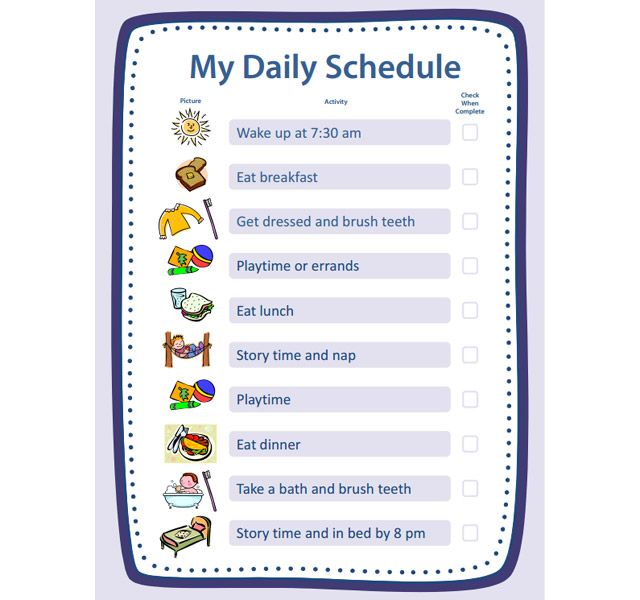 Then look, cover, remember and check!
Then look, cover, remember and check! - Talk about, photograph or write out some ‘events’ from something you have done together – can your child remember the correct order?
- Go shopping – try to remember the list together!
4. Listening games
- Play games such as ‘Simon says’ – party games are often good ways to practice speaking, listening, and memory skills, without them even noticing!
- Listen to music and talk about the instruments being played – find pictures on the internet together.
5. Action games
- Make a puppet theatre with cardboard boxes or a towel over a chair and encourage your child to make up or retell a story to you (or any willing family members!).
- Have lots of fun dressing up with clothes and props at home so that your child can dress up as a character and act out favourite stories. You can find lots of cheap props and clothes for dressing up in charity shops.
- Play games such as ‘What’s the time Mr Wolf?’, but write the times down for them to read instead of saying them.
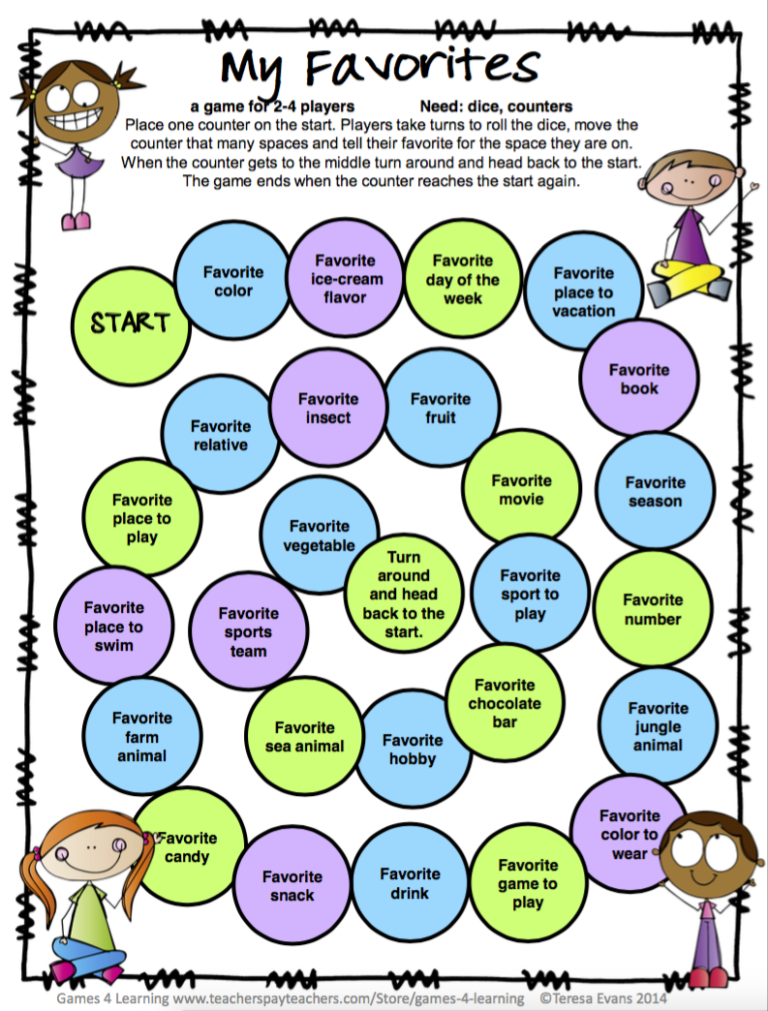
6. Tactile games
- Use magnetic letters to spell names and simple words on the fridge or radiator.
- Use modelling clay to make your child’s name or simple words like mum.
- Enjoy jigsaws together and chat about finding the right pieces!
7. Screen games
- Watch TV programmes linked to books and then read the books afterwards. Little Princess, Katie Morag, and Charlie and Lola are good places to start. Talk about what they like or don’t like about the characters.
- Find story-telling sites like Little Kingdom, story-telling TV programmes, or story apps for your phone.
8. Car journey games
- Play ‘The cook’s cat is an amazing cat/beautiful cat/clever cat/daft cat…‘ and so on, and then make up your own versions (for example, ‘The doctor’s dog…‘).
- Play this noisy version of the car game, ‘Who can spot…?’. It’s great fun – but check out with the driver first before you start this one! Decide on a noise, or a word to call, when you spot the things you’re looking out for.
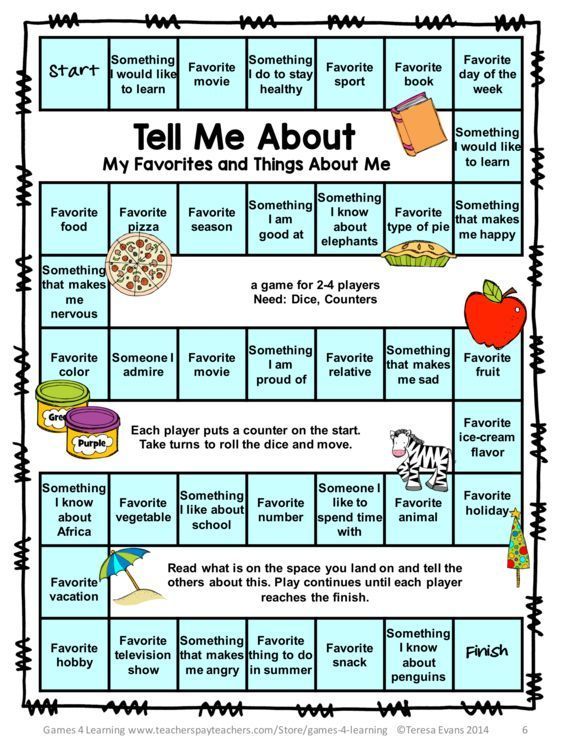 For example, ‘Bang!’ for a yellow car, ‘Buzzz!’ for a bus, and ‘Wow!’ for a bird.
For example, ‘Bang!’ for a yellow car, ‘Buzzz!’ for a bus, and ‘Wow!’ for a bird. - Listen to an audiobook.
Video: Car journey games
Get ideas for fun and educational car games for kids! Educational author and parent Isabel Thomas shares her ideas to relieve the boredom of long car journeys.
9. Out and about activities
- Ask your child to find the things you need to buy when out shopping by reading the labels on products together.
- Check out your local library or community centre to find out what special activities or clubs are running.
- Try to do a few visits or find some information together to link with the topic or project work at school.
10. Reading books of all kinds together
- Carry on reading books of all kinds to and with your child: picture, pop up, information, poetry, eBooks, print books… and the levelled books brought home from school.
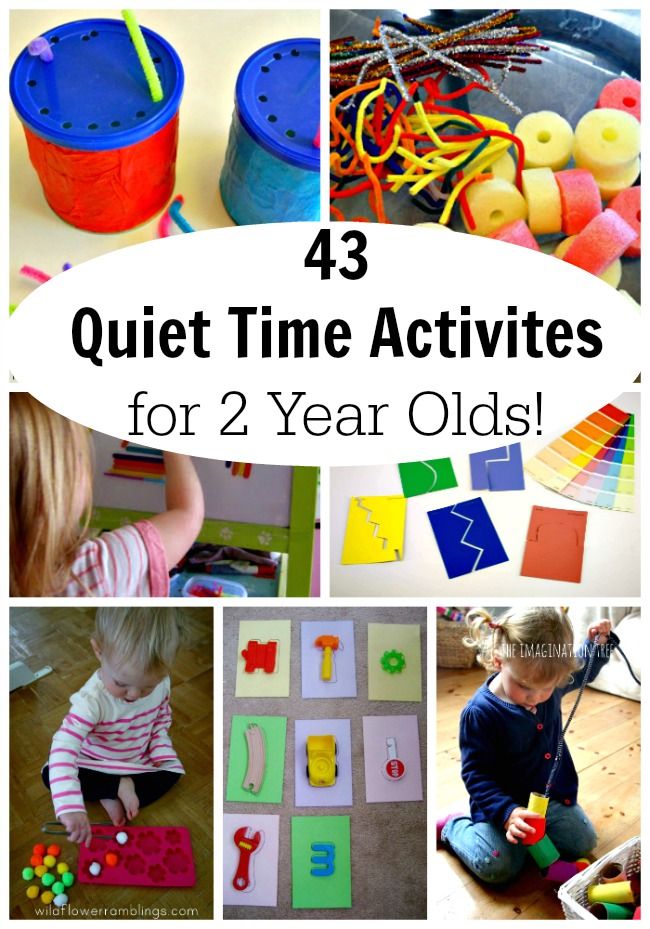 Video or record your child reading them for fun!
Video or record your child reading them for fun! - Why not choose a book from our free eBook library to share on-screen together?
7 Fun And Easy Learning Activities For 5-Year-Olds
It can be challenging to find the right activities for 5-year-olds. It was easier when they were younger, wasn’t it? All you needed to do was place a colorful, fluffy, or musical toy in front of them, and they would be completely fascinated by the object for a long time.
But things have changed. Over the past few years, your 5-year-old has seen so much physical, mental, emotional, and social growth and development, and simple toys don’t cut it anymore.
To help your child continue learning and developing at a healthy rate, it’s essential to find relevant activities for their age. But where do you start?
Look no further! The Homer team knows a thing or two about creative activities for kids. In this article, we’ll share some fun and engaging games your 5-year-old will fall in love with while learning.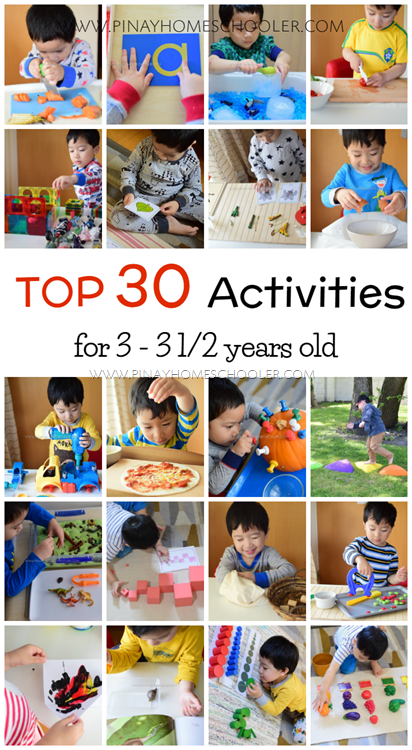
Importance Of Learning Activities For 5-Year-Olds
Learning activities play an important role in early childhood development. However, when parents come across this information, they often assume they need to create the most elaborate games to help maximize learning. That’s not the case.
For example, simple games and activities such as painting or playing house help develop language and emotional skills, creativity, and fine motor skills, among other things.
Also, when children engage in physical activities such as running, jumping, or skipping, it contributes to their gross motor development.
In addition, if an activity is challenging (think tricky puzzles or building a tall lego tower), it helps children learn how to follow through on a project and problem-solve. Ultimately, this helps build confidence and gives children a sense of ownership and accomplishment.
Learning activities for 5-year-olds are also great to help beat boredom. A child who has nothing to do for the day can often become irritable or display disruptive behavior.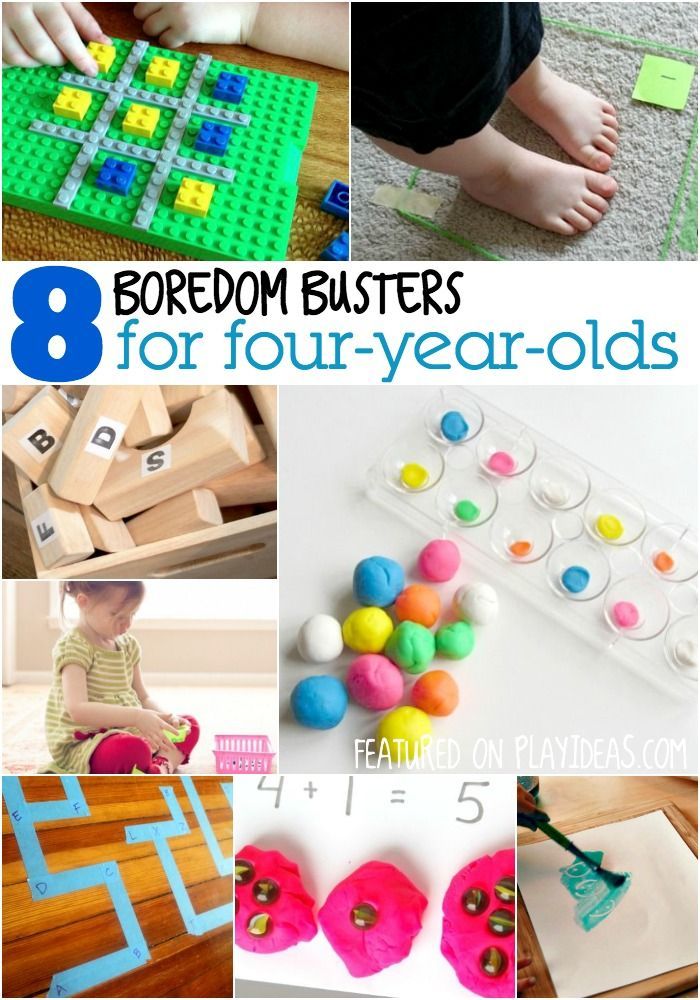 That’s not ideal for them (or you!), so it’s important to have some go-to activities at the ready.
That’s not ideal for them (or you!), so it’s important to have some go-to activities at the ready.
Finding the right activities for your child is one way you can foster their continued growth and development. So where do you start?
Questions To Ask Before Choosing Activities
Now that you understand the importance of activities for 5-year-olds, here are a few questions to ask yourself to ensure you’re choosing the right ones for your child.
What Will My Child Learn From This Activity?
There are many developmental milestones that are essential for your child to reach — from physical to mental, emotional, and social.
This is why it’s important to incorporate a variety of activities into your child’s play, rather than choosing similar games that help develop the same skills.
Are The Instructions Easy To Understand?
As children get older, the activities and games we introduce them to will naturally become more complex.
While it’s beneficial to keep challenging our children so they learn to think creatively and problem-solve, it’s equally important to not overwhelm them with games that are simply too complicated for their age group.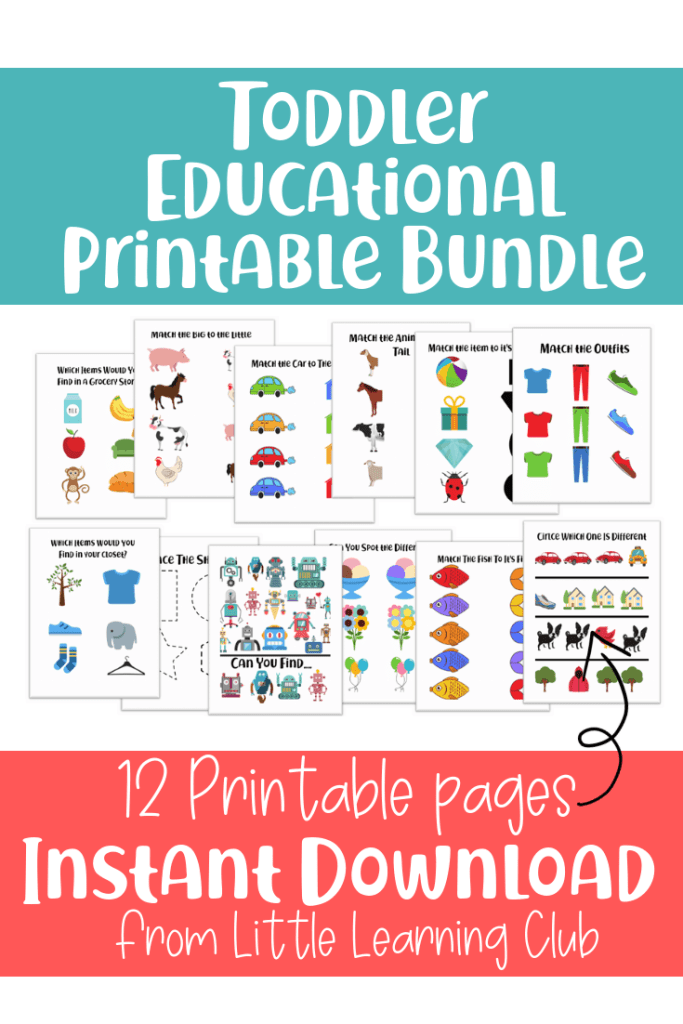
Will The Activity Engage My Child’s Senses?
From the moment they are born, our children are seeing, touching, tasting, hearing, and smelling the world around them.
Children use their senses to explore and understand things, so we encourage sensory play in early childhood because it plays a significant role in developing many essential language and cognitive development skills. It also helps children continue exploring and engaging.
7 Fun Activities For 5-year-olds
1) Letter Toss
What You’ll Need:
- Post-its
- Marker
- Rolled-up sock or small beanbag
What To Do:
We love letter toss because it only requires about 10 minutes of set-up time, making it the perfect game to incorporate when you’ve had a busy day or week.
Start by writing uppercase and lowercase letters on individual Post-its (one per page). Then stick the Post-its onto the floor or playroom wall, making sure that there’s space between each one.
Next, have your child stand a few feet away and toss the rolled-up sock at the Post-it notes as you call them out.
Optional:
You can also pick letters in a word and arrange them in random order. In this version, your child will need to hit the letters in their correct order to spell the word. (You can write the word on a piece of paper for them to have a reference if needed.)
This is a fun and engaging activity to help children practice their alphabet and spelling. All the aiming and throwing is also a great way to help them continue developing their gross motor skills.
2) Cupcake Tin Counting Game
What You’ll Need:
- Cupcake tin
- Cupcake liners
- Marker
- A snack with small pieces (e.g., cereal, puffs, blueberries, etc.)
What To Do:
In a nutshell, this activity involves having your child fill each numbered cupcake liner with the corresponding number of snack pieces. For more information on how to play cupcake tin counting, you can check out this link.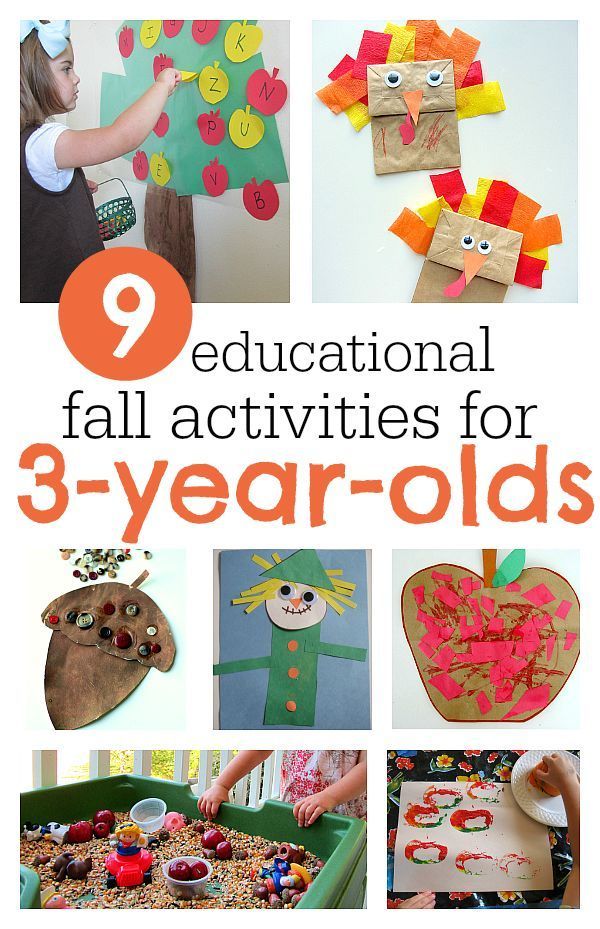
This simple activity is excellent for helping children develop their understanding of counting principles (and is a fun way to enjoy some delicious treats at the end!).
3) Create A Storytelling Map
What You’ll Need:
- A huge piece of craft or butcher paper
- Marker
- Crayons
What To Do:
The aim of this activity is simple: Create a giant storytelling map using a marker, crayons, and craft or butcher paper. (You can even take this activity outside and use your backyard layout as a guide for the map.)
Encourage your child to use their creativity and come up with their own ideas for this invented world. The map might lead to a magic castle, a haunted house, or even a mystical forest. Let their imagination run wild!
If you have multiple children, this is an excellent game for sibling or all-family play. And if you do take the activity outside, there’s the added benefit of sunshine and fresh air.
4) Draw To Music
What You’ll Need:
- Papers
- Markers, crayons, colored pencils, watercolor paints, etc.

- Classical music playing in the background
What To Do:
Music — you listen to it, of course, but have you considered making drawings to match what you hear?
This is a simple but wonderful activity for many children. All you need is drawing and painting materials and, of course, music.
As the music plays in the background, encourage your child to draw or paint anything they want. To help them get started, you can ask questions like, “How does the music make you feel? What does it remind you of?”
This is one of those activities where the journey is much more important than the destination. It really doesn’t matter if the colors they choose clash or the lines are too harsh. We’re not talking about creating a Picasso here but, rather, engaging the senses with this experience.
Treat this activity as a great sensory (auditory and visual) learning opportunity that your child can enjoy for some uninterrupted quiet time.
5) HOMER Character Cut-Outs
What You’ll Need:
- This printable from HOMER
- Crayons or markers
- Scissors
- Glue
- Cardboard or cardstock
- Popsicle sticks (optional)
What To Do:
Start this activity by encouraging your child to color the characters.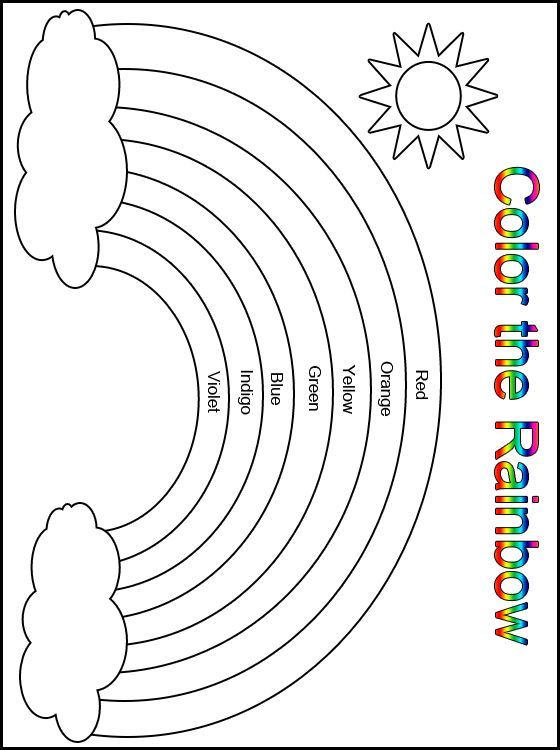 Once they’ve colored them how they’d like, have them cut the characters’ shapes out. Next, help your child glue the characters onto cardboard or cardstock.
Once they’ve colored them how they’d like, have them cut the characters’ shapes out. Next, help your child glue the characters onto cardboard or cardstock.
Voila! It’s time to play!
This is a great way to encourage imaginative play, as your child can bring the characters to life (and even create a play). This really helps encourage creativity!
For some inspiration, check out this link.
6) Create A Rainbow Suncatcher
What You’ll Need:
- Colored gift tissue paper
- Cotton balls
- Scissors
- Clear tape
- Wax paper
- Clear-drying school glue
What To Do:
Begin with cutting the colored tissue paper into squares. Then make the rainbow shape by drawing six lines on the wax paper with your glue.
Next, encourage your child to glue down the tissue paper onto each line in rainbow color order (you can hand your child a picture of the rainbow as a guide). Lastly, add cotton balls below the rainbow to represent clouds.
This is a great activity to teach your child the colors of the rainbow and to continue developing their fine motor skills.
7) Make An Ocean
What You’ll Need:
- Medium bin or deep tray
- Dried pasta for coral
- Paint
- Play-Doh
- Water
- Scoops of cups for playing in the water
- Ocean creature toys and loose parts like pebbles, shells, and starfish
- Blue food coloring (optional)
What To Do:
For detailed instructions on creating your very own ocean, check out this link to our Ocean Sensory Bin.
After finishing the creation with your child, encourage them to touch and feel all the interesting ocean creatures. This is a great sensory activity to help children explore and investigate some of the amazing fish found in our seas.
Have Fun At Home With Activities For 5-Year-Olds
We hope one thing’s clear from our above list of activities for 5-year-olds — your child can have so much fun learning right at home!
You also don’t have to bend over backward trying to get them the latest toys. There’s so much joy and learning that can come from using everyday household items.
There’s so much joy and learning that can come from using everyday household items.
For more fun, engaging, and learning activities to try out at home, check out the HOMER Learn & Grow App!
Author
MBDOU "Kindergarten of a combined type No. 95"
Created: 12/08/2022
An entertaining lesson on the rules of life safety was organized for children of senior and preparatory groups by the inspector of the PDDN of the Seim OP of the Ministry of Internal Affairs of Russia in the city of Kursk, police lieutenant Boeva Darya Alexandrovna. Together with the police officer, the guys repeated the emergency phone numbers, guessed riddles and answered provocative questions, watched a thematic cartoon. The main goal of such classes is the rules of behavior in extreme life situations. From an early age, it is necessary to instill in kids simple safety rules, because it is laid down in.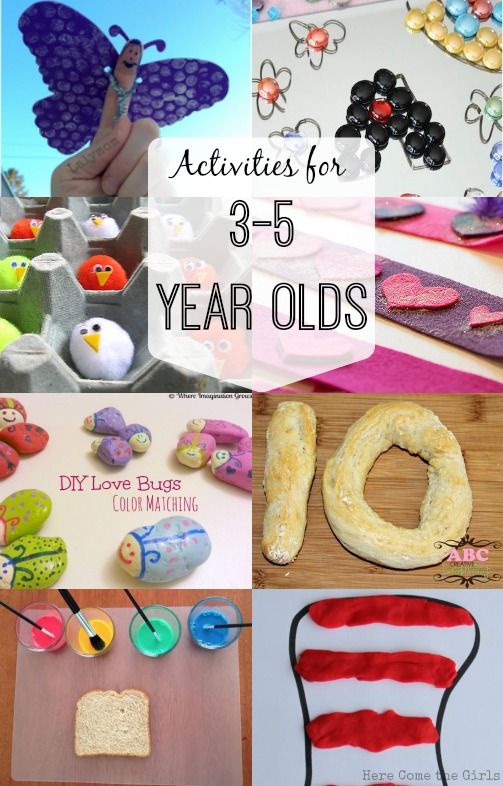
More details
Created: 07.12.2022
The Department of Rospotrebnadzor informs that during the period of rising incidence of acute viral respiratory infections (ARVI) and influenza, it is especially important and necessary for parents to observe preventive measures and monitor the mood and health of their child. Influenza and SARS viruses are mainly transmitted from person to person through coughing or sneezing of the patient by airborne droplets. Influenza virus can enter the body (in the eye, nose or mouth) through the hands through contact with an infected surface..
More
Created: 11/21/2022
On November 18, 2022, the regional parent meeting "Family in Safety" was held in the Kursk State Circus, which brought together more than 1500 caring parents. The organizer of the parent meeting was Natalya Gennadievna Listopadova, Commissioner for Children's Rights in the Kursk Region. The event was held as part of the project of the party UNITED RUSSIA - "Strong Family".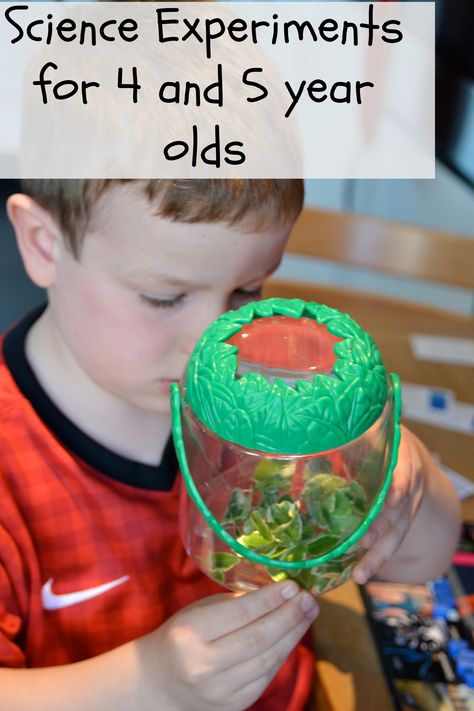 The speakers of the meeting were the deputy head of the city of Kursk, Natalya Alexandrovna Parkhomenko, the director of the circus, the volunteer of the search and rescue squad "Lisa Alert" Natalya Leonova, the head of the propaganda department of the traffic police of the Ministry of Internal Affairs of Russia. 917 November under this motto, in our kindergarten, pupils of the preparatory groups successfully completed the standards of "GTO" - 1st stage. The test for sports tests was accepted by the instructor - the methodologist of the city center for testing the GTO "Mercury" Chernikov Sergey Aleksandrovich. The training of pupils was carried out by the instructor in physical culture - Batishcheva Natalia.
The speakers of the meeting were the deputy head of the city of Kursk, Natalya Alexandrovna Parkhomenko, the director of the circus, the volunteer of the search and rescue squad "Lisa Alert" Natalya Leonova, the head of the propaganda department of the traffic police of the Ministry of Internal Affairs of Russia. 917 November under this motto, in our kindergarten, pupils of the preparatory groups successfully completed the standards of "GTO" - 1st stage. The test for sports tests was accepted by the instructor - the methodologist of the city center for testing the GTO "Mercury" Chernikov Sergey Aleksandrovich. The training of pupils was carried out by the instructor in physical culture - Batishcheva Natalia.
Read more
Created: 11/14/2022
We sincerely congratulate the wonderful teachers of our kindergarten Batishcheva Natalia Nikolaevna, Zhoglo Yulia Andreevna and Poddubnaya Natalya Mikhailovna with worthy awards in the regional stage of the X All-Russian competition "Educators of Russia"! Its goal is to identify, support and disseminate the innovative experience of educators, teachers and leaders of educational organizations, to stimulate successfully working teachers of preschool education and to popularize the profession.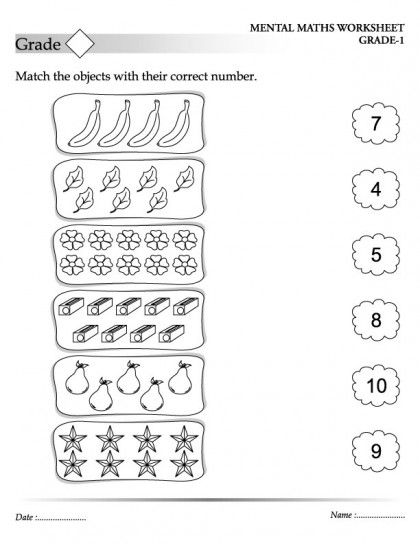 The competition brought together educators from Kursk, Zheleznogorsk, Rylsk, Sudzha, Kurchatov, as well as Kursk, Zolotukhinsky, Oktyabrsky, Fatezhsky and.
The competition brought together educators from Kursk, Zheleznogorsk, Rylsk, Sudzha, Kurchatov, as well as Kursk, Zolotukhinsky, Oktyabrsky, Fatezhsky and.
Read more
Created:
Congratulations on the day of the titmouse, We call on the birds to protect all, You are not lazy to distribute food, Work a little on the feeders. Autumn is drawing to a close. Here comes the last month of autumn. For a long time in Rus', on November 12, Sinichkin Day was celebrated, that is, the day of the meeting of wintering birds. People prepared feeders, read poems about birds, made riddles, played and just admired the winter birds. A small agile bird with bright plumage leaves neither adults nor children indifferent. Exactly.
More
Established:
In recent years, the number of children of different nationalities attending pre-school institutions has been growing. In this regard, it is also necessary to create conditions in the kindergarten that promote the upbringing of children in the spirit of tolerance, in which every child, regardless of nationality, will feel like an individual. It is necessary that children already at preschool age understand how important it is to live in peace and harmony between different peoples, to know the culture of other peoples, to respect it, to try to understand and accept it. As part of the project implementation.
It is necessary that children already at preschool age understand how important it is to live in peace and harmony between different peoples, to know the culture of other peoples, to respect it, to try to understand and accept it. As part of the project implementation.
Read more
Created: 01.11.2022
Today our city hosted a wonderful event - the Art of Living on Earth Festival for children with special educational needs, within which children could demonstrate their talents. The participants demonstrated their talents in vocal and dance directions, in recitation of poems and theatricalization. In total, 102 pupils from 47 kindergartens took part in the Festival. Our kindergarten at the Festival was represented by pupils of the 2nd group Kalutsky Artem and Semikina Tatyana. Their performances did not leave the members indifferent.
More details
Created: 04.10.2022
More details
Created:
In the conference hall of the Center for Procurement and Social Initiatives, the winners of the city competition for greening public spaces "Green City - 2022" were awarded.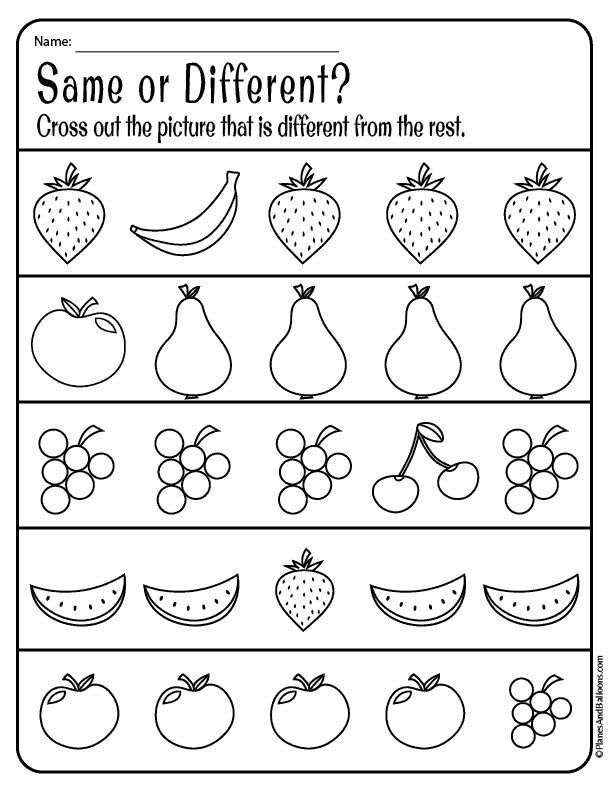 The competition is held for the second time with the support of the administration of the city of Kursk. More than 40 organizations and project authors took part in it. This year, it was possible to apply in four categories: “Apartment buildings”, “Territory of organizations”, “Tsvetik - seven-tsvetik” - a children's nomination and “Mass media”. Representatives of the competition commission, which includes landscape.
The competition is held for the second time with the support of the administration of the city of Kursk. More than 40 organizations and project authors took part in it. This year, it was possible to apply in four categories: “Apartment buildings”, “Territory of organizations”, “Tsvetik - seven-tsvetik” - a children's nomination and “Mass media”. Representatives of the competition commission, which includes landscape.
More details
Group curriculum
Organization of children's life activities
The design of the educational process of MDOU is carried out in accordance with the individual and age characteristics of the contingent of pupils, the state of health.
The optimal conditions for the development of a child are a well-thought-out ratio of free, regulated and unregulated (joint activities of teachers and children and independent activities of children) forms of a child's activity. Educational activities outside organized classes ensure maximum consideration of the characteristics and capabilities of the child, his interests and inclinations.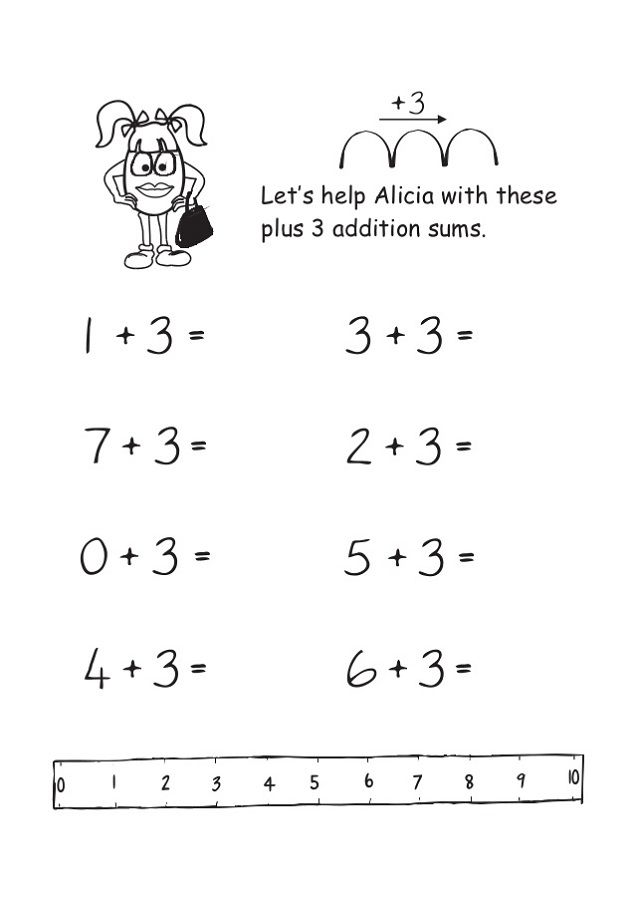 During the day, in all age groups, a certain balance of various activities is provided:
During the day, in all age groups, a certain balance of various activities is provided:
| Age of children | Regulated activity (GCD) | Unregulated activity, hour | |
| joint activity | independent activity | ||
| 3-4 years | 2 x 15 min | 7-7.5 | 3-4 |
| 4-5 years old | 2 x 20 min | 7 | 3-3.5
|
| 5 – 6 years old | 2-3 x 20-25 min | 6 – 6. | 2.5 – 3.5 |
| 6-7 years old | 3 for 30 min. | 5.5 - 6 | 2.5 - 3 |
Forms of organization of direct educational activities:
- for children from 3 to 7-8 years old - subgroup, frontal
The maximum allowable educational load complies with the sanitary and epidemiological rules and regulations SanPiN 2.4.1.3049-13 "Sanitary and epidemiological requirements for the arrangement, maintenance and organization of the working hours of preschool educational organizations" , approved by the Decree of the Chief State Sanitary Doctor of the Russian Federation of May 15, 2013 No. 26 (registered by the Ministry of Justice of the Russian Federation on 29May 2013, registration number 28564).
The maximum allowable weekly educational load, including the implementation of additional educational programs, for preschool children is:
in the younger group (children of the fourth year of life) -2 hours 45 minutes,
in the middle group (children of the fifth year of life) - 4 hours,
in the senior group (children of the sixth year of life) - 6 hours 15 minutes,
in preparatory (children of the seventh year of life) - 8 hours 30 minutes
Duration of continuous direct educational activity
for children of the 4th year of life - no more than 15 minutes,
for children of the 5th year of life - no more than 20 minutes,
for children of the 6th year of life - no more than 25 minutes
for children of the 7th year of life - no more than 30 minutes.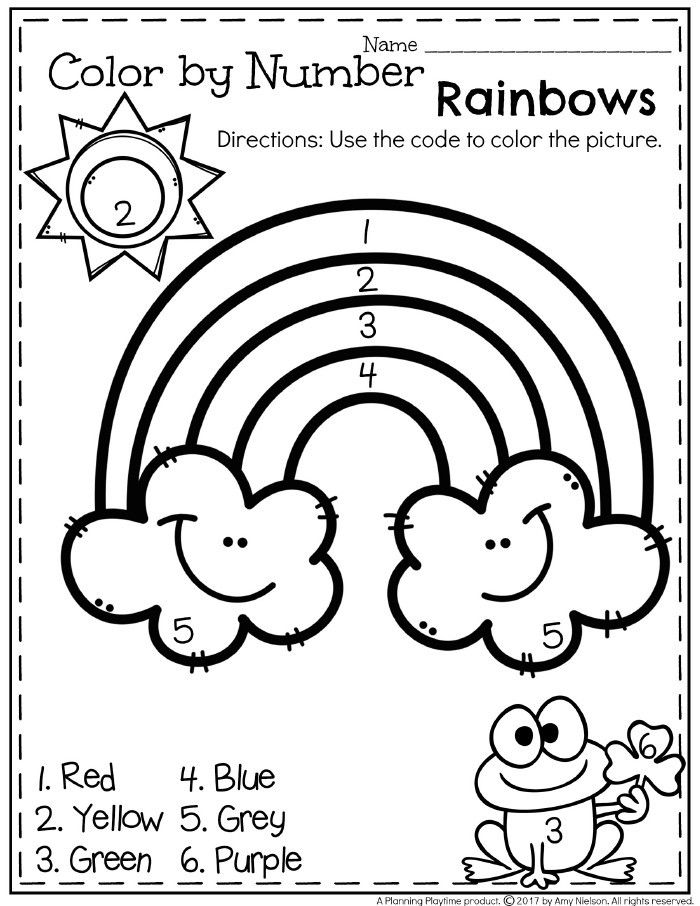
The maximum allowable amount of educational load in the morning
in the younger and middle groups does not exceed 30 and 40 minutes, respectively,
in senior and preparatory 45 minutes and 1.5 hours respectively.
In the middle of the time allotted for continuous educational activities, a physical education session is held. Breaks between periods of direct educational activities - at least 10 minutes
Directly educational activities with children of older preschool age are carried out in the afternoon after daytime sleep, but not more than 2-3 times a week. Its duration is no more than 25-30 minutes a day. In the middle of a directly educational activity of a static nature, a physical education session is carried out.
Directly educational activities of the physical culture and health and aesthetic cycle take at least 50% of the total time allotted for directly educational activities.
Direct educational activities that require increased cognitive activity and mental stress of children are carried out in the first half of the day and on the days of the highest working capacity (Tuesday, Wednesday), combined with physical education and music classes.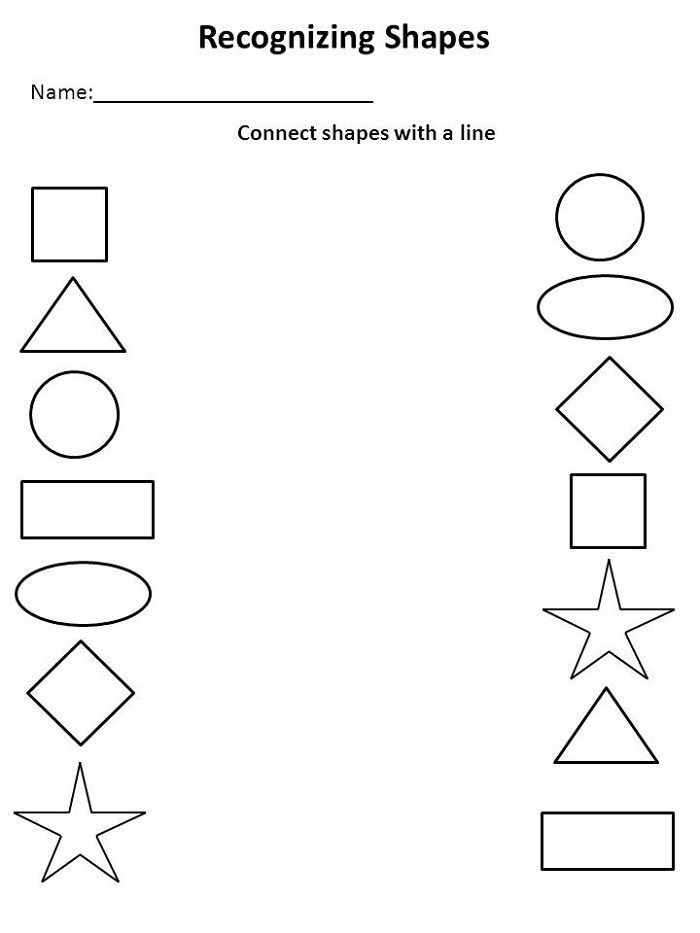
Planning educational activities when working on a five-day week.
| Basic activity | Junior group | Middle group | senior group | Preparatory group |
| Physical education indoors | 2 times a week | 2 times a week | 2 times a week | 2 times a week |
| Physical culture on a walk | once a week | once a week | once a week | once a week |
| Cognitive development | 2 times a week | 2 times a week | 3 times a week | 4 times a week |
| Speech development | once a week | once a week | 2 times a week | 2 times a week |
| Drawing | once a week | once a week | 2 times a week | 2 times a week |
| Lepka | 1 time in 2 weeks | 1 time in 2 weeks | 1 time in 2 weeks | 1 time in 2 weeks |
| Application | 1 time in 2 weeks | 1 time in 2 weeks | 1 time in 2 weeks | 1 time in 2 weeks |
| Music
| 2 times a week | 2 times a week | 2 times a week | 2 times a week |
| Total | 10 lessons per week | 10 lessons per week | 13 lessons per week | 14 lessons per week |
| Educational activities during regime moments | ||||
| Morning exercises | daily | daily | daily | daily |
| Complexes of hardening procedures | daily | daily | daily | daily |
| Hygiene procedures | daily | 9009one daily | daily | |
| Situational conversations during security moments | daily | daily | daily | daily |
| Reading fiction | daily | daily | daily | daily |
| Duty | daily | daily | daily | daily |
| Walks | daily | daily | daily | daily |
| Independent activities of children | ||||
| Game | daily | daily | daily | daily |
| Independent activity of children in development centers (corners) | daily | daily | daily | daily |
Day regimen for the warm period of the year with a 12-hour stay of children in preschool.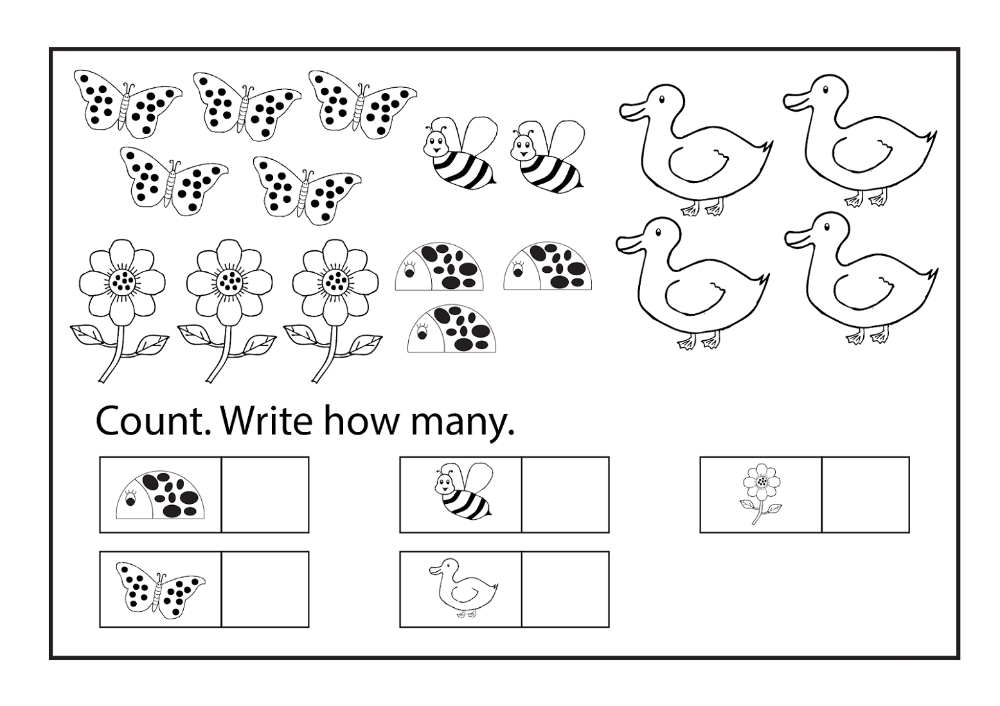
| Age group Modal moments | 3-4 years junior group | 4-5 years middle group | 5-6 years old senior group | 6-7 years old preparatory group |
| The arrival of children in kindergarten, free play, morning exercises, independent activities | 7.00-8.25 | 7.00-8.25 | 7.00-8.30 | 7. |
| Preparing for breakfast, breakfast | 8.25-9.00 | 8.25-9.00 | 8.30-9.00 | 8.35-9.00 |
| Games, independent activities of children. | 9.00-10.00 | 9.00-10.00 | 9.00-10.00 | 9.00-10.00 |
| Second breakfast | 10.00-10.10 | 10.00-10.10 | 10.00-10.10 | 10.00-10.10 |
| Preparing for a walk, a walk. | 10.10-11.50 | 10.10-12.00 | 10. | 10.10-12.20 |
| Return from a walk, independent activity. | 11.50-12.10 | 12.00-12.10 | 12.10-12.20 | 12.20-12.30 |
| Preparing for dinner, lunch. | 12.10-12.40 | 12.10-12.40 | 12.20-12.55 | 12.30-13.00 |
| Preparation for sleep, daytime sleep. | 12.40-15.00 | 12.40-15.00 | 12.55-15.00 | 13.00-15.00 |
| Gradual rise, gymnastics after sleep, afternoon snack. | 15. | 15.00-15.20 | 15.00-15.20 | 15.00-15.20 |
| Games, independent and organized children's activities. | 15.20-16.15 | 15.20-16.20 | 15.20-16.30 | 15.20-16.40 |
| Preparing for dinner, supper. | 16.15-16.45 | 16.20-16.55 | 16.30-17.00 | 16.40-17.00 |
| Preparing for a walk. | 16.45-17.00 | 16.55-17.05 | 17.00-17.10 | 17.00-17.10 |
| Walk, departure of children home. | 17.00-19.00 | 17.05-19.00 | 17.10-19.00 | 17.10-19.00 |
Day regimen for the cold period of the year with a 12-hour stay of children in preschool.

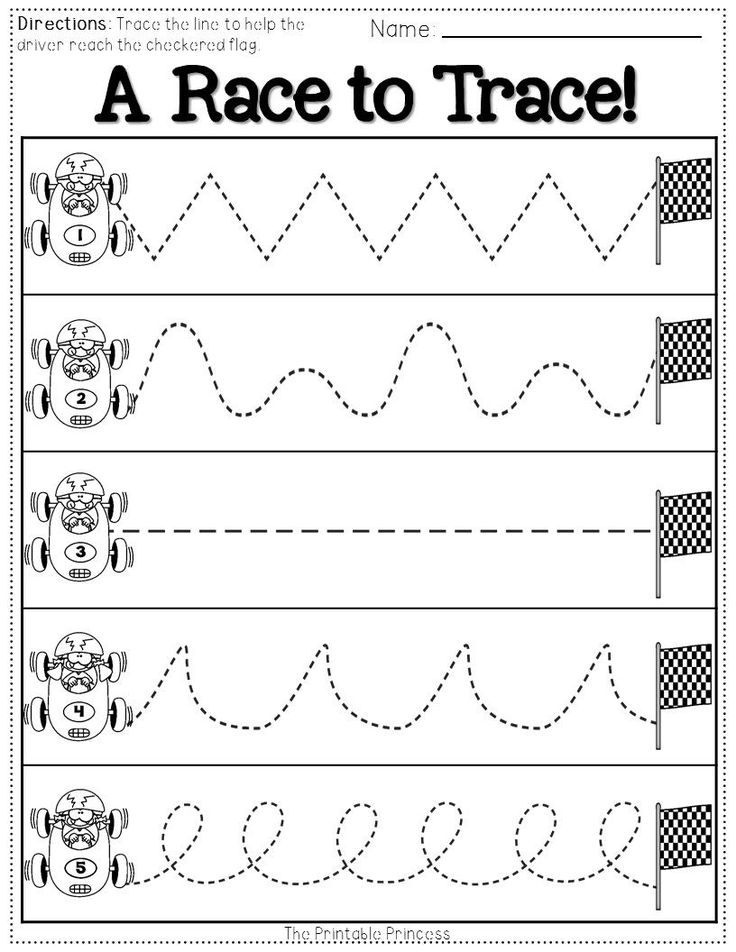 5
5 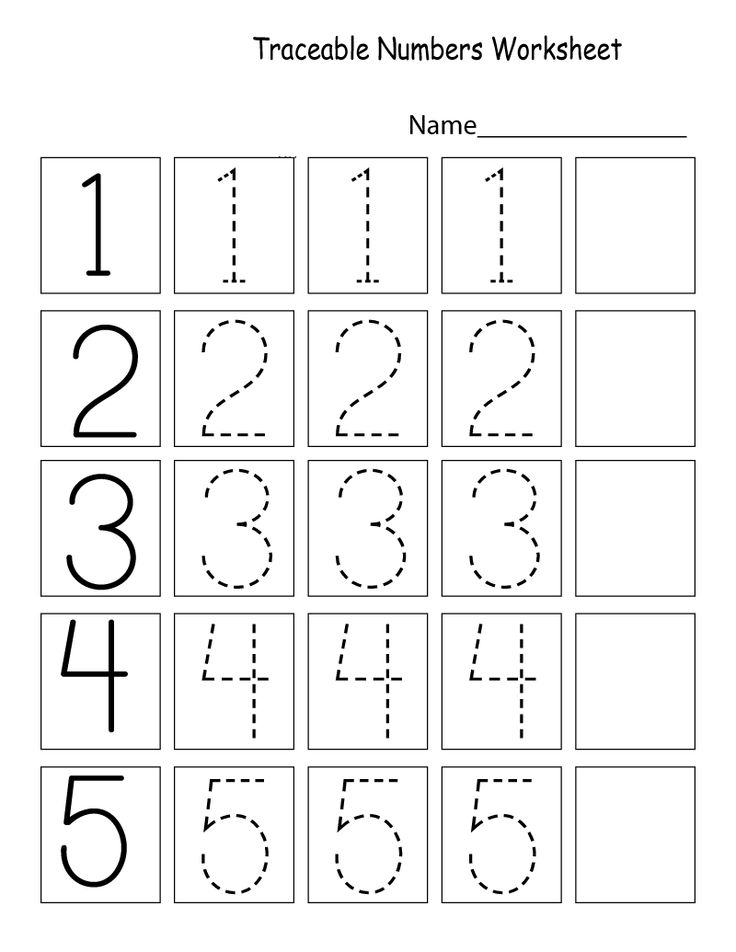 00-8.35
00-8.35 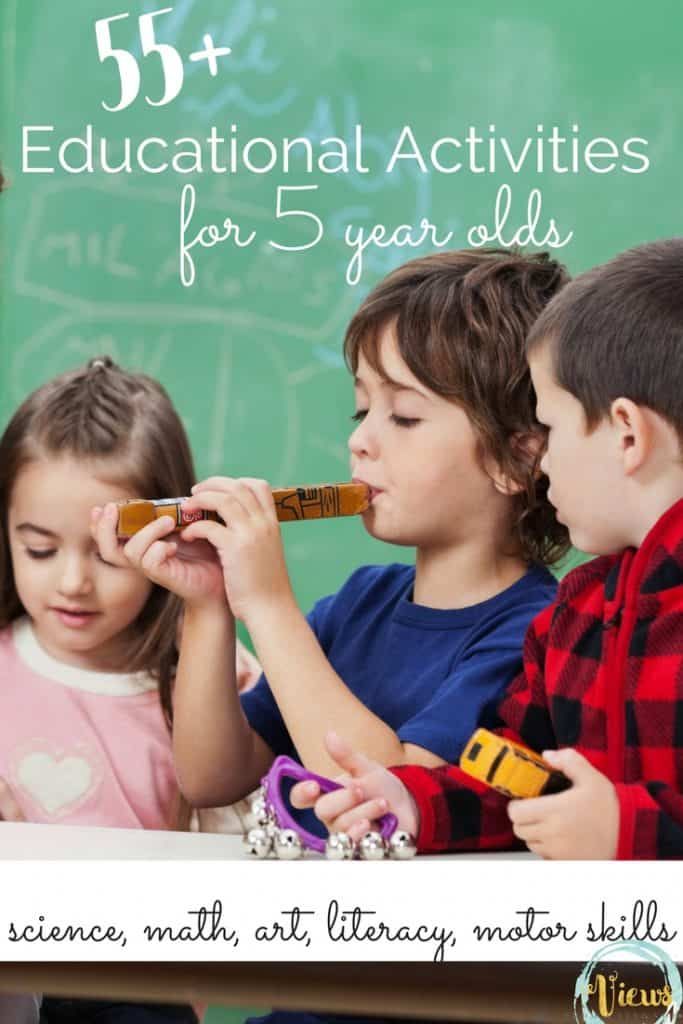 10-12.10
10-12.10 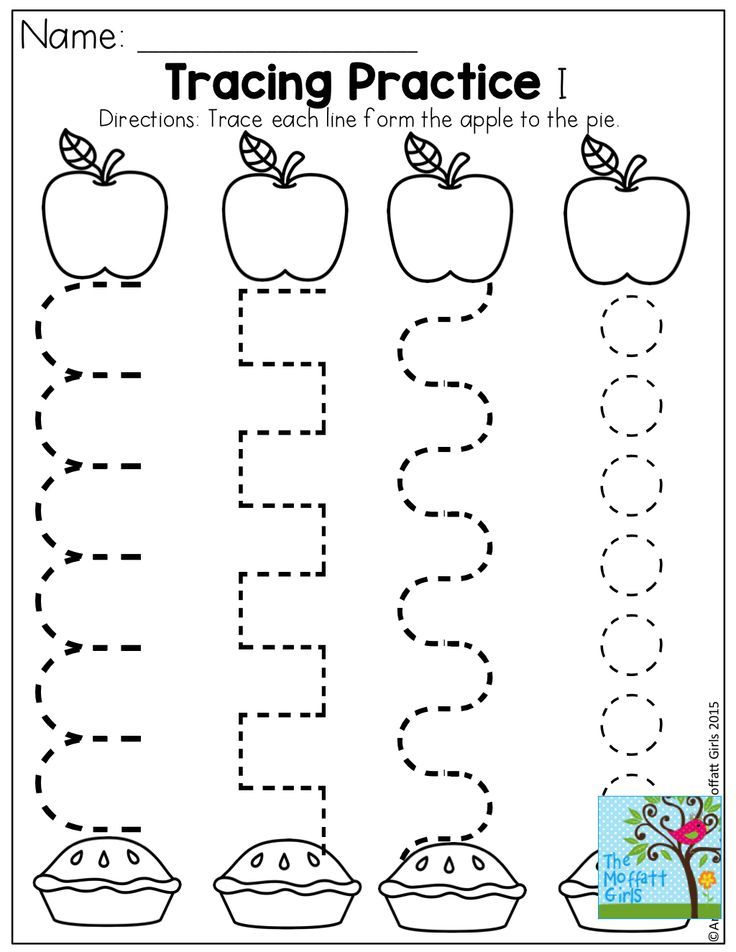 00-15.20
00-15.20 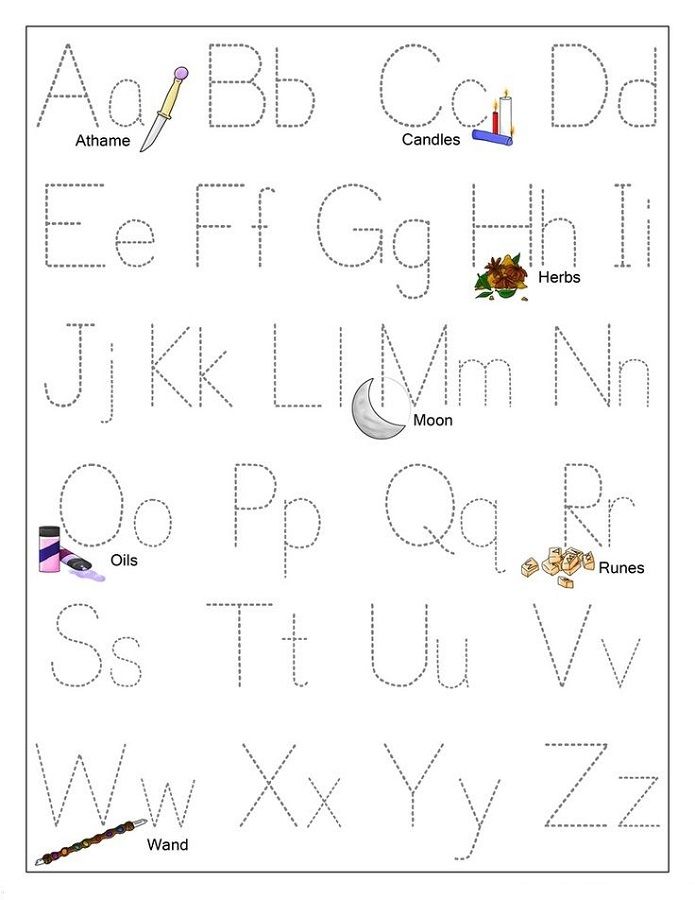
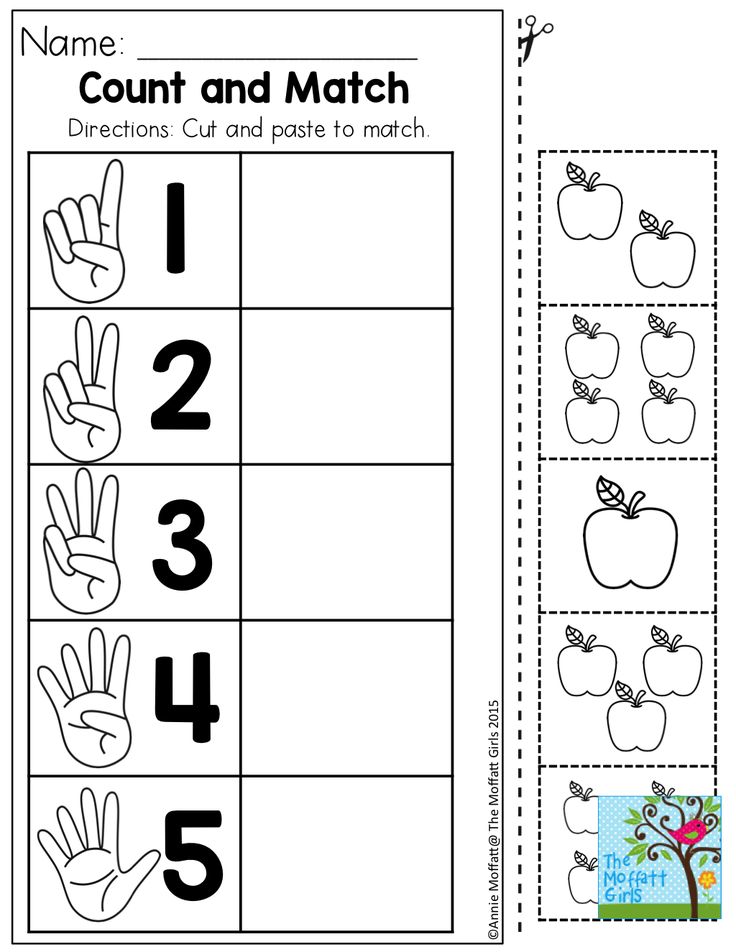 00-8.20
00-8.20 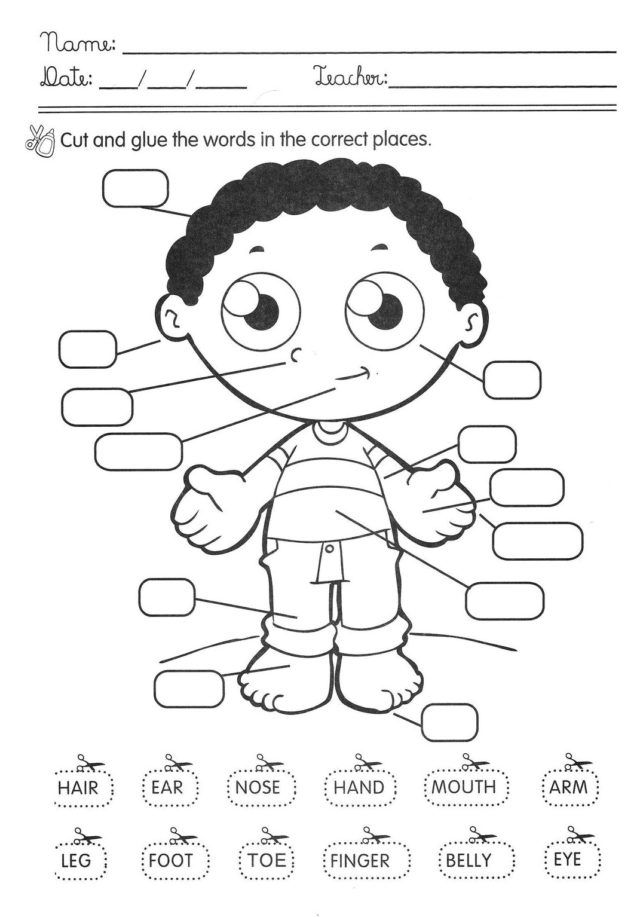 40-9.50
40-9.50 